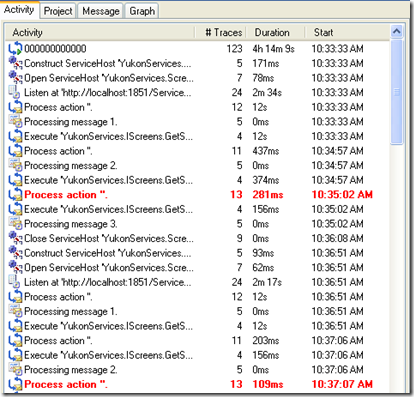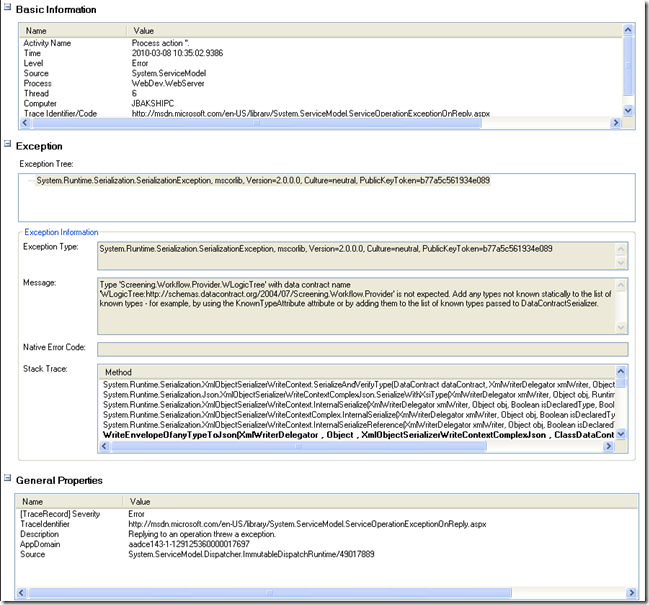Reference : Credit http://www.hanselman.com/blog/DownloadSqlServerExpress.aspx
Introducing http://downloadsqlserverexpress.com
https://www.microsoft.com/en-au/download/confirmation.aspx?id=25150
There's a funny blog post about how to download SQL Server Express from Long Zheng. It surprisingly how complex some companies make downloading things. I've always thought that a giant Download Now button is the best way, but perhaps that's just me?
Downloading SQL Server Express is unnecessarily hard, and it's made harder by the new Microsoft Download Center "download multiple files" interface that doesn't include descriptions or primary file recommendations. It should be a list of links, and you should be able to right click and Save As.
Introducing http://downloadsqlserverexpress.com
(this short link goes directly to this post)
So, I've done the HTTP sniffing and work, and written this blog post in the hopes that it helps you (and I'm bookmarking it for myself, for the future).
DOWNLOAD SQL SERVER 2014 EXPRESS
- You likely just want SQL Server 2014 Express with Tools. This download includes SQL Management Studio.
- Here's just SQL Server 2014 Management Studio
- SQL Server 2014 Express with Advanced Services
DOWNLOAD SQL SERVER 2012 EXPRESS
- You likely just want SQL Server 2012 Express with Tools. This download includes SQL Management Studio.
- Here's just SQL Server 2012 Management Studio
DOWNLOAD SQL SERVER 2008 EXPRESS R2 SP2
- You likely just want SQL Server 2008 Express with Tools. This download includes SQL Management Studio.
- Here's just SQL Server 2008 Management Studio
You can get back here via downloadsqlserverexpress.com. Tell your friends.


